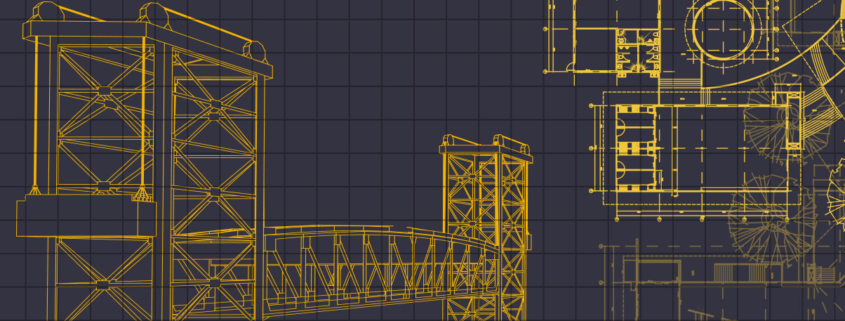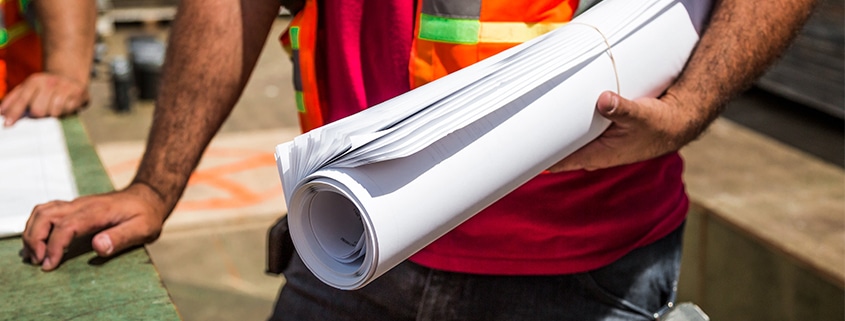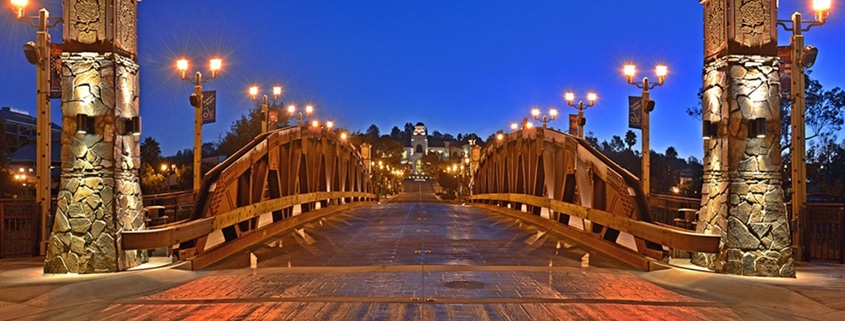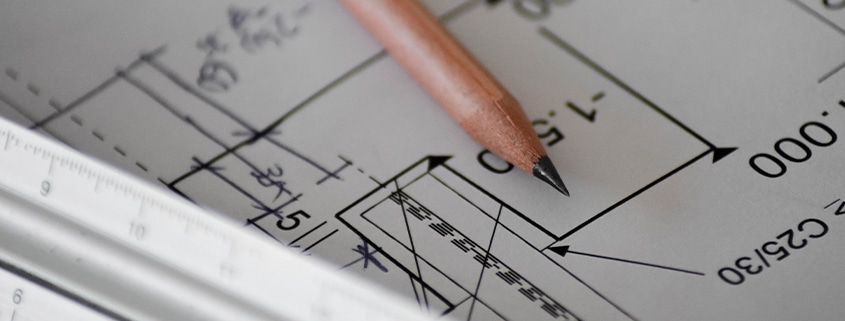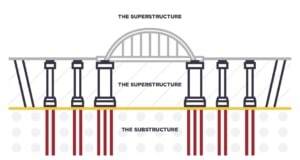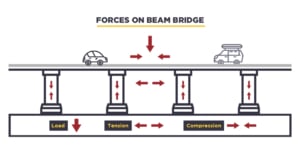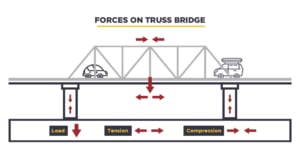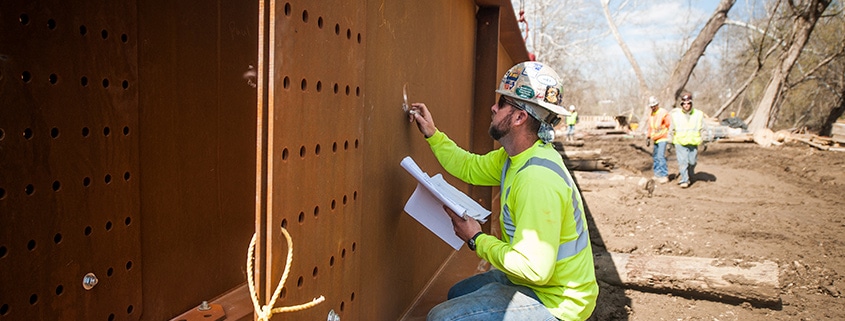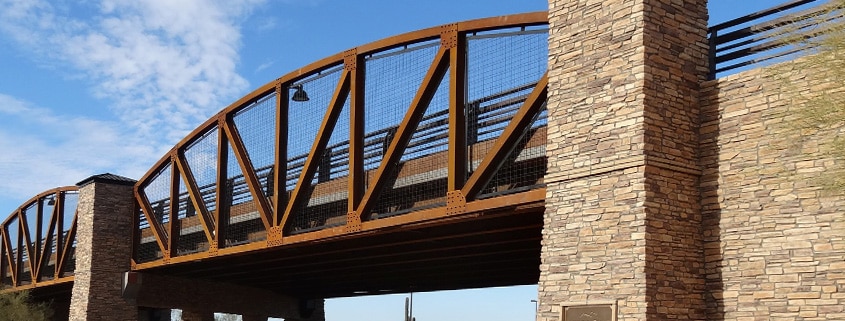Seasoned builders know the importance of getting their ducks in a row before starting a new building project. But crossing your ts and dotting your is can be even more important if you are newer to managing construction projects; one misstep could mean the difference between finishing on time and massive delays and extra costs.
To ensure that you are successful, here are some tips for starting a new building project and ensuring a successful construction takeoff.
What is a “construction takeoff”?
Before you break ground on a new construction project, it’s important for project managers to ensure that all the logistics are covered. This period of preparation is essential for a successful “construction takeoff”, which refers to the process of listing and measuring the materials required for a new project and calculating the costs to complete it.
Tips for Starting a New Building Project
Here are a few tips to keep in mind before starting any construction project:
Make a list and check it twice
Build a list of all the raw and prefabricated materials you may need. While making this list may sound like the dictionary definition of a construction takeoff, remember that assembling some materials requires additional items and steps.
Determine the quantities and costs of the items you need
This seems like a given, but this is definitely an important step that you do not want to take lightly. Providing cost estimates for your project and keeping true to them as much as you can is a core part of your building contract.
Constant contact
Establish weekly or monthly check-ins to keep up-to-date with your architects, designers, and project leaders. Make sure that everyone is always on the same page and has the same information.
Measure twice and cut once
One of the basic principles in carpentry is to measure twice and cut once. The same can be said for takeoffs. Give your findings and measurements a second look (and maybe even a third) to confirm that you’re making the right cut.
Keep detailed records
Keep all versions and drafts of your plans and measurements. Not only can you refer to first drafts throughout the process, but you can also save these notes as templates for future successful projects.
Whether you are beginning your first or fortieth construction project, these steps are an essential part of the process and will support you in achieving a successful takeoff and project completion.
Building the Best with U.S. Bridge
From takeoff to ribbon-cutting, US Bridge provides comprehensive, high-quality, and time-efficient service. As industry leaders and pioneers in several construction industry firsts, we know the importance of top-of-the-line materials, unique and reliable designs, and the industry’s top engineers.
Working with us means working with professionals at every stage of the process. Get in touch with us now to begin the process, or use our exclusive Bridgescope tool for a jumpstart.

